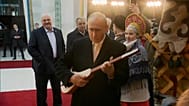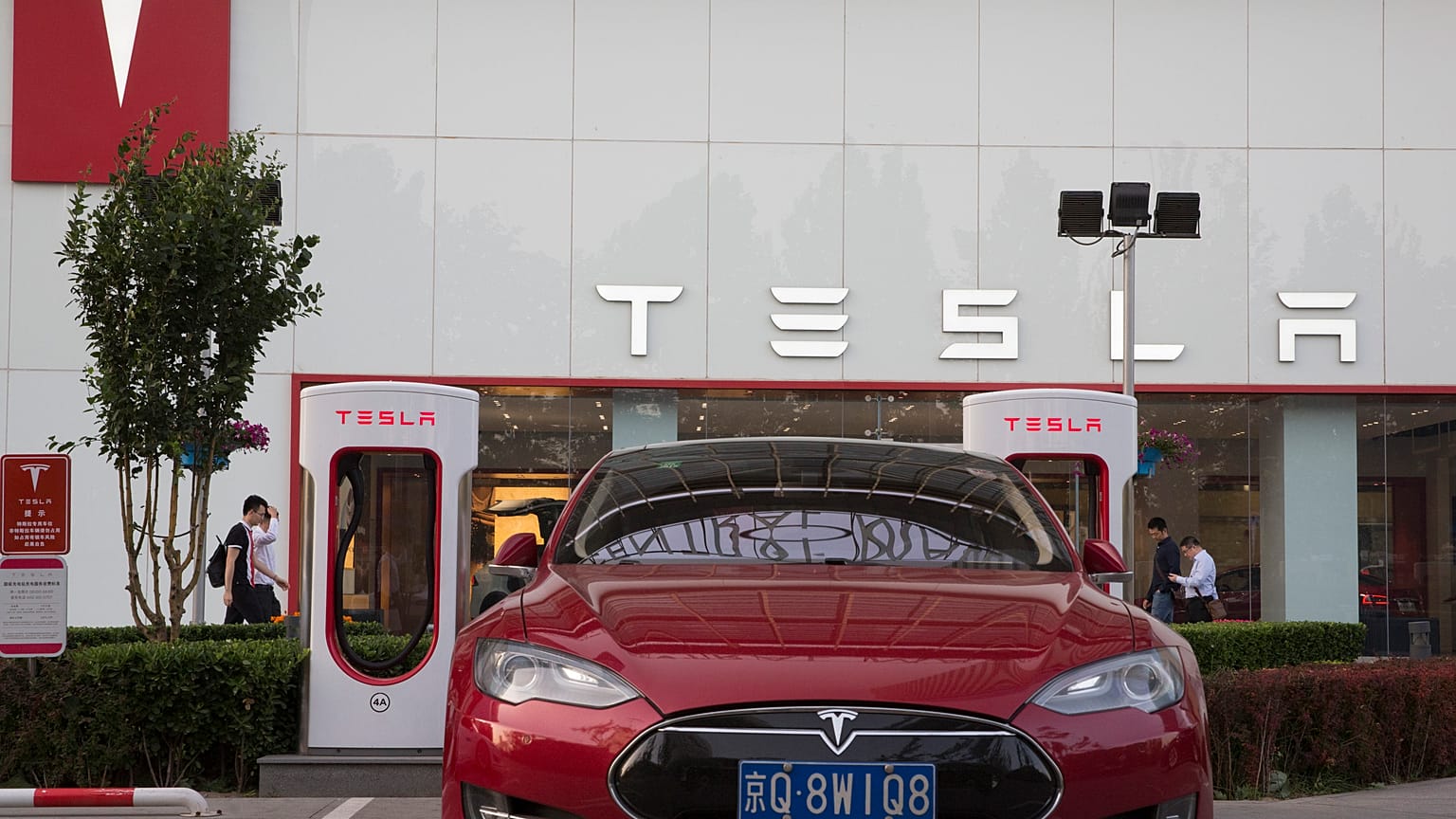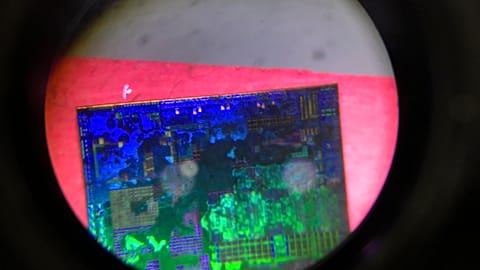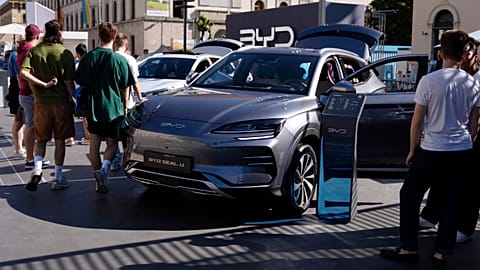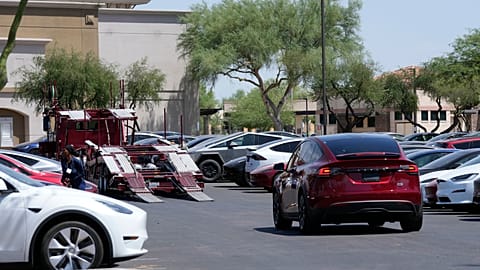The European Commission has significantly reduced the import duty on Tesla vehicles manufactured in China, potentially paving the way for a surge in sales across the region. Chinese EV exports to the EU experienced a sharp decline in response to the proposed tariffs.
The EU has slashed an additional tariff on Tesla electric vehicles (EVs) made in China to 9%, down from the previously planned 20.8%. This new rate is significantly lower than the range of 17% to 36.3% imposed on other Chinese EV manufacturers, which could potentially boost Tesla's sales in the region.
However, the plan is subject to approval by a majority of the 27 EU member states before 31 October. If approved, the new tariffs will remain in effect for the next five years.
The decision followed Tesla's request for an individual assessment regarding the European Commission's tariffs on China-made EVs, which were outlined in July.
The EU believes that Beijing's subsidies to the industry are "unfair" and would cause "material injury" to the EU's car manufacturers. After conducting its investigation, the Commission concluded that Tesla received fewer subsidies from the Chinese government.
The US-based carmaker primarily benefited from below-market value battery supplies, as well as advantageous land use and income-tax reductions for exporters in China.
The additional tariff imposed is in addition to the existing 10% duty applied to China's EV imports.
The EU has also revised duties on other Chinese carmakers, setting them at 36.3% for SAIC Motor, 19.3% for Geely and 17% for BYD - all of which are slightly lower than the previous proposals.
Chinese EV makers which cooperated with the EU's investigation have been assigned lower tariffs in the proposal, with 21.3% for Dongfeng Motor Group and Nio. Those who did not cooperate may face a 36.3% tariff.
The Chinese Ministry of Commerce responded by stating that the EU's ruling was based on "facts unilaterally determined by the EU side, not on facts mutually agreed upon".
China firmly opposes the ruling and expressed significant concern, arguing that there is insufficient evidence that Chinese EV imports have caused "substantial material injury" to the EU car makers.
China's EV exports to the EU encountered a downturn
According to Dataforce, registrations for China-made EVs such as BYD and MG dropped by 45% quarter-on-quarter in July. The China Passenger Car Association (CPCA) also revealed that exports of Chin'’s NEVs, including pure electric vehicles (EVs) and plug-in hybrid cars, fell by 15.2% in June compared to May.
Exports of China-made Tesla EVs to the EU dropped to their lowest level since the third quarter of 2022. In a separate report, the China Chamber of Commerce stated that China's EV exports to the EU fell by 30% year-on-year in June and declined by 14.6% in the first half of 2024 compared to 2023. It is believed that this decline was linked to the EU's provisional extra tariffs on China-made EVs.
However, the best-selling Chinese NEV brand, BYD, weathered the regulatory headwinds, with its market share in the EU EV market increasing to 8.5% in July. BYD has become a global rival to Tesla and overtook Tesla to become the world's biggest EV seller in the final quarter of 2023. Compared to other Chinese EV manufacturers, it faces the lowest tariff from the EU.
The Chinese carmaker anticipates that some of its models will still achieve higher profits in the EU compared to China, even after the new tariffs are imposed. BYD sells cars in Europe at nearly double the price they sell for in China. Additionally, BYD's technological advantage allows it to reduce costs by up to 20%.
China's biggest EV seller plans to launch its most affordable model, the Seagull, in Europe next year.
What do the tariffs mean for car prices in Europe?
As pointed out by ING, the tariffs will raise EV prices - and slow the push for net zero.
"The EU's goal of phasing out ICE vehicles by 2035 was already facing challenges. The market share of battery electric vehicles fell from 14.5% in 2023 to 12% in the first four months of 2024. Additional levies on Chinese EVs could delay the availability of a larger range of more affordable EVs in Europe."
ING also noted that EVs in Europe remain too expensive for average consumers.
"Average EV retail prices in China are significantly lower than in Europe. For example, in Germany, SAIC's MG4 costs €34,900, while in China it is 109,800 yuan (€13,917). However, this is below the average purchase price of an EV in Europe, as most of the cars sold in Europe are still premium models.
"EU's proposed measures would make EVs even more expensive and less accessible for European consumers," ING said in a report.


